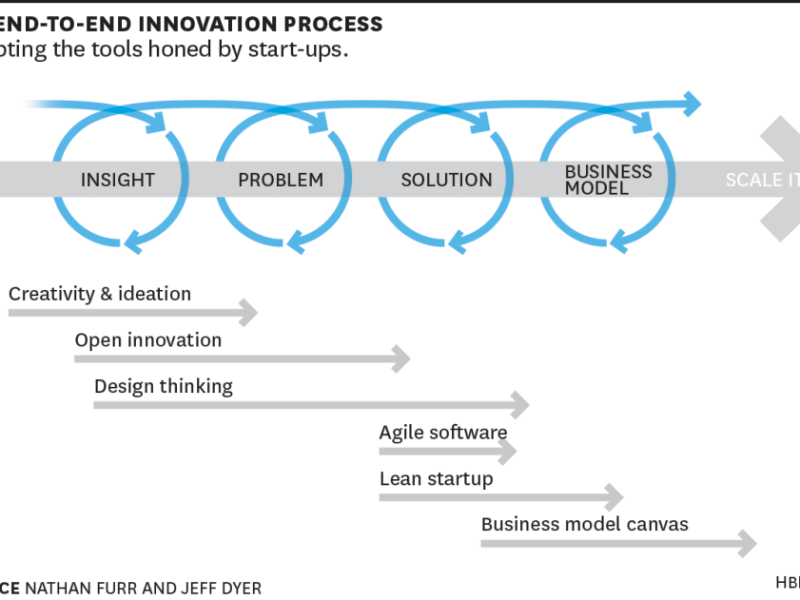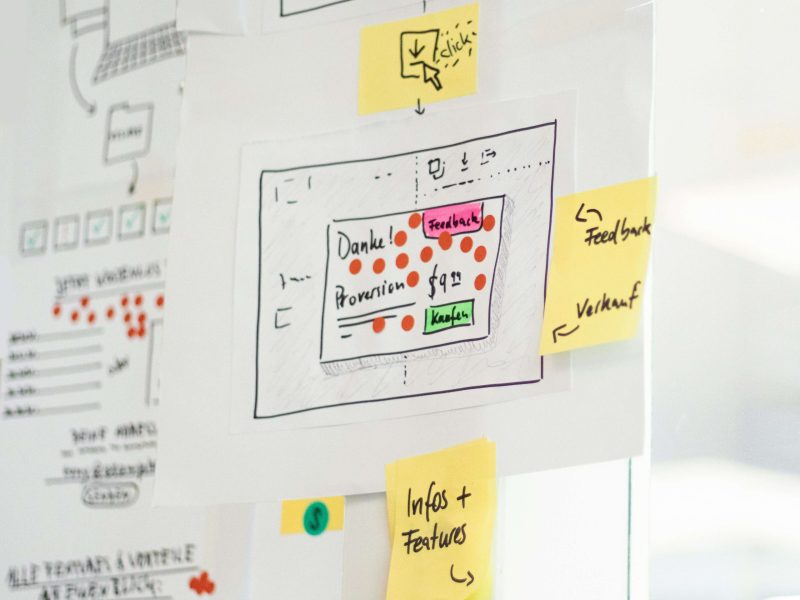Mastering Human-Centered Design with IDEO’s Proven Framework
Innovation doesn’t happen in a vacuum—it thrives when rooted in the lived experiences of people. IDEO, a global leader in human-centered design, has long championed this philosophy through its Insights for Innovation framework.
By prioritizing empathy, observation, and storytelling, this five-step process helps teams uncover the social, emotional, and behavioral needs of their customers, ensuring solutions resonate deeply. In this deep dive, we’ll explore how to harness IDEO’s methodology to fuel customer-centric innovation, complete with actionable strategies, tools, and real-world examples.
Why Human-Centered Design Matters
Human-centered design (HCD) flips traditional problem-solving by starting with people, not products. Studies show that organizations adopting HCD see 2x higher revenue growth compared to industry peers. IDEO’s approach—grounded in empathy and iterative learning—ensures innovations align with what users truly want, not just what businesses assume they need.
IDEO’s 5-Step Customer Insights Framework
Focused on the first phase of design thinking (Empathize), this framework transforms raw observations into actionable insights. Let’s break it down:
1. Frame Your Challenge
Start with clarity. Define the problem space by asking, “Whose needs matter most, and why?” Use tools like problem statements and stakeholder maps to align your team.
- Tool: IDEO’s Design Kit offers free templates for reframing challenges.
- Example: When designing a diabetes management app, frame the challenge around emotional barriers (e.g., stigma) rather than just tracking metrics.
2. Build a Cross-Functional Team
Diverse perspectives fuel richer insights. Include designers, engineers, and even frontline employees.
- Case Study: Airbnb’s turnaround success began with founders living with hosts, blending roles to understand user pain points.
3. Seek Inspiration Through Ethnographic Research
Immerse yourself in users’ environments. Observe routines, frustrations, and “workarounds” they’ve invented.
- Framework: Use AEIOU (Activities, Environments, Interactions, Objects, Users) to structure observations.
- Resource: Ethnography Field Guide by IDEO.
4. Conduct Empathetic Interviews
Move beyond surveys. Ask open-ended questions like, “Tell me about a time when…” to uncover hidden motivations.
- Tip: Record sessions with tools like Otter.ai to capture nuances.
- Skill: Practice active listening—pause judgment and focus on body language.
5. Synthesize Insights into Narratives
Turn data into stories. Use affinity mapping to cluster findings and craft personas like “Busy Parent Brian” to humanize trends.
- Tool: Visualize journeys with Miro’s Customer Journey Map.
- Example: PepsiCo’s Doritos “Lady Doritos” backlash highlights the cost of skipping synthesis and assuming gender-based needs.
How-To’s for Impactful Innovation
1. Understand Social, Emotional, and Behavioral Needs
- Social: How do peer interactions influence choices? (e.g., TikTok’s viral trends thrive on social validation.)
- Emotional: Use empathy maps to chart feelings like frustration or joy.
- Behavioral: Track habits with tools like Dovetail for qualitative analysis.
2. Keep Customers at the Center of Ideation
- Jobs to Be Done (JTBD): Identify the “job” users hire your product for. (e.g., Milkshakes hired for boredom on commutes.)
- Co-Creation Workshops: Involve users in brainstorming via platforms like Mural.
3. Master Customer Interviews
- Ask “Why?” Five Times: Dig deeper into surface-level answers.
- Avoid Leading Questions: Replace “Do you like this feature?” with “How does this fit into your day?”
- Resource: Nielsen Norman Group’s Interviewing Users.
4. Craft Compelling Insight Narratives
- Data Storytelling: Pair quotes (“I feel overwhelmed”) with metrics (60% churn rate).
- Tool: Use Tableau for visual storytelling.
- Example: Nike’s “Dream Crazier” campaign leveraged insights about female athletes’ societal pressures.
Key Skills for Success
- Empathy: Walk in users’ shoes. Practice via IDEO U’s Insights for Innovation Course.
- Interviewing: Learn from experts like Erika Hall (Just Enough Research).
- Customer Research: Blend qualitative (interviews) and quantitative (A/B tests) methods.
Tools & Frameworks to Accelerate Insights
- Frameworks: Jobs to Be Done, AEIOU, Personas.
- Collaboration: Miro, Figma.
- Analysis: Dovetail, Airtable.
Conclusion
Insights for Innovation isn’t a checklist—it’s a mindset. By grounding every decision in empathy, curiosity, and storytelling, you’ll build products that don’t just solve problems, but enrich lives. Ready to start? Dive deeper with IDEO’s Design Thinking Resources and remember: The next breakthrough lies in the stories your customers haven’t told you yet.
References & Further Reading
- IDEO’s Design Kit: https://www.designkit.org
- Nielsen Norman Group on User Interviews: https://www.nngroup.com
- Harvard Business Review on JTBD: https://hbr.org
- Free Collaboration Tools: Miro, Figma
By weaving these strategies into your workflow, you’ll transform insights into innovations that truly matter.
The image belongs to Jason Goodman on Unsplash


